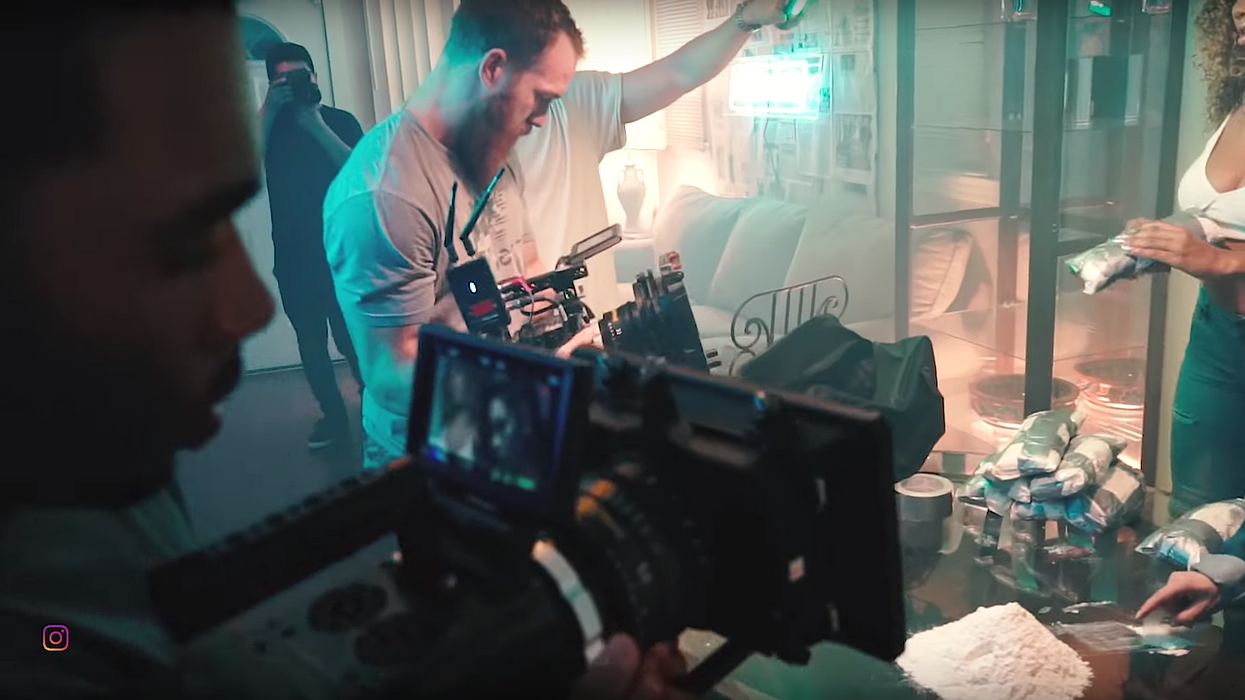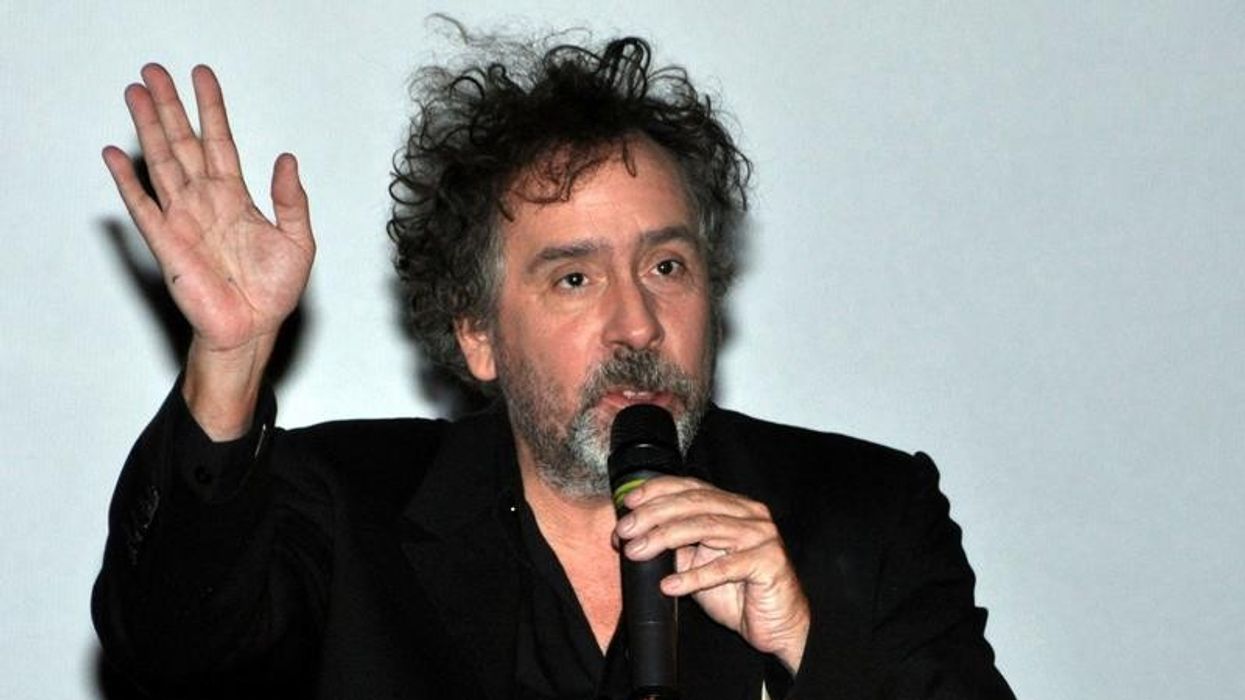B-Roll 101: How to Shoot It and Why It's Important
Want to take your work to the next level? Then shoot good b-roll.

We all know that principal photography is important—I mean, it's essentially the main conduit through which you tell your story. However, b-roll is just as important, and yet, it's often criminally overlooked by many new filmmakers.
In this video, filmmaker Jakob Owens from The Buff Nerds breaks down the basics of capturing b-roll, including knowing what to shoot, how to shoot it, and how you can use it to give depth and dimension to both your principal photography and visual storytelling. Check it out below:
Why is B-Roll Important?
I love steak—like a lot—so I'm gonna use a steak analogy.
If principal photography is a melt-in-your-mouth filet mignon, b-roll is the salt, pepper, and garlic butter you use to make that little slab of heaven juicier and more succulent. You use b-roll not only to add depth and dimension to your principal photography but to also inform your story and give yourself more wiggle room and flexibility when you head into post-production.
It's also really useful for hiding mistakes. Is that talking head sequence boring as hell?
Throw in some nice b-roll of the location or your subject's eyes and hands. Is there a boom mic floating at the top of your shot during an important moment? You might be able to fix the problem by adding some b-roll. Would your scene play better with a little suspense? Do you want to give your audience a better feel for the location? Does your footage need a little flair and style? Throw in some b-roll.
Know What Kind of B-Roll You Need
Back in college, b-roll was rarely talked about on set. Understandable—we were all baby filmmakers who didn't know anything, but even when a director did have the mind to ask for b-roll, there was little if any thought put into what kind of b-roll I should shoot.
It's not enough to go point your camera at a bunch of random stuff; you have to think about what kinds of shots will inform and reinforce your principal photography.
Here are some examples. If you were shooting a breakup scene, you might get b-roll of your subject's wedding ring, an empty bed, pictures on the wall of the formerly happy couple. If you're shooting a scene about the aftermath of a wild party, you might get shots of empty bottles and Solo cups, broken lamps and messy furniture, and maybe a random, I don't know, farm animal walking over passed out partygoers.
Get a Second Shooter If You Can
Shooting principal photography and b-roll is a humongous job that takes a lot of time and money. So, if you have the money and available equipment, you might want to think about hiring someone to shoot supplemental footage for you.
Granted, a lot of us are trying to make movies without a whole lot of resources, but if you can find someone, maybe a student, up-and-comer, or just a really, really nice person, to take care of b-roll for you, do it.
Give Yourself Some Flexibility in Post
Being able to inform and stylize your principal photography is one reason why b-roll is so important, but another reason is that it gives you something to work with when it comes time to edit. If you do it right, you'll have plenty of cutaways, inserts, and supplemental footage to cut to when you're editing, allowing you to put something together that is both interesting and visually informative.
That's why it's crucial to get plenty of b-roll—like, way, way more than you think you'll need. This goes for the length of a shot, too. Even for a quick 1 or 2-second insert shot, I like to shoot a good 30 seconds. The golden rule for getting b-roll: shoot more and for longer.
Another great tip that Owens talks about is shoot b-roll at higher frame rates. This will give you the option to slow it down in post later on. Again, flexibility is key.
Check out these other articles to learn more about shooting great b-roll.
What are some other tips that you think will help filmmakers capture better b-roll? Let us know down below.
Source: The Buff Nerds















